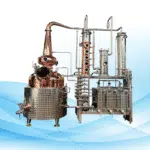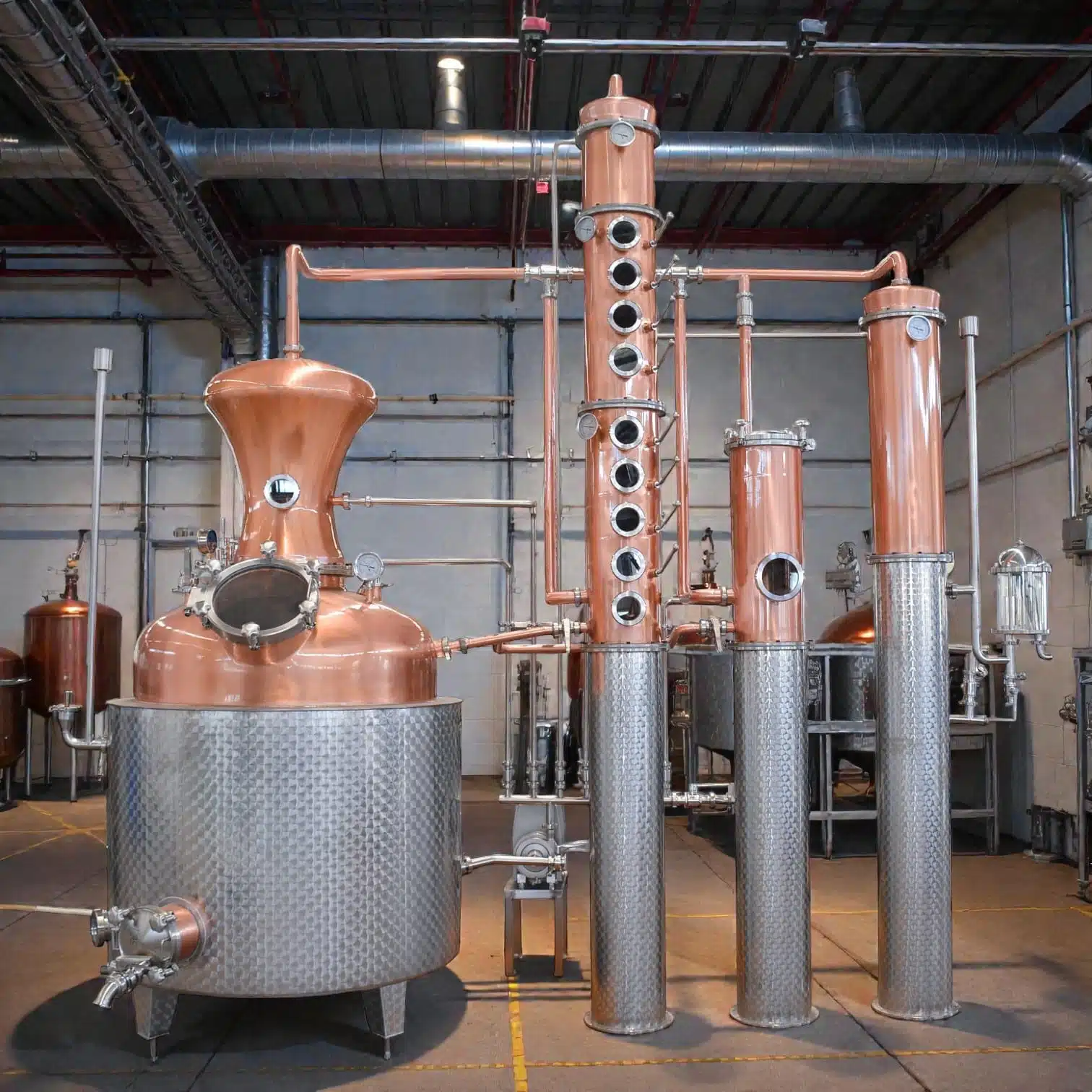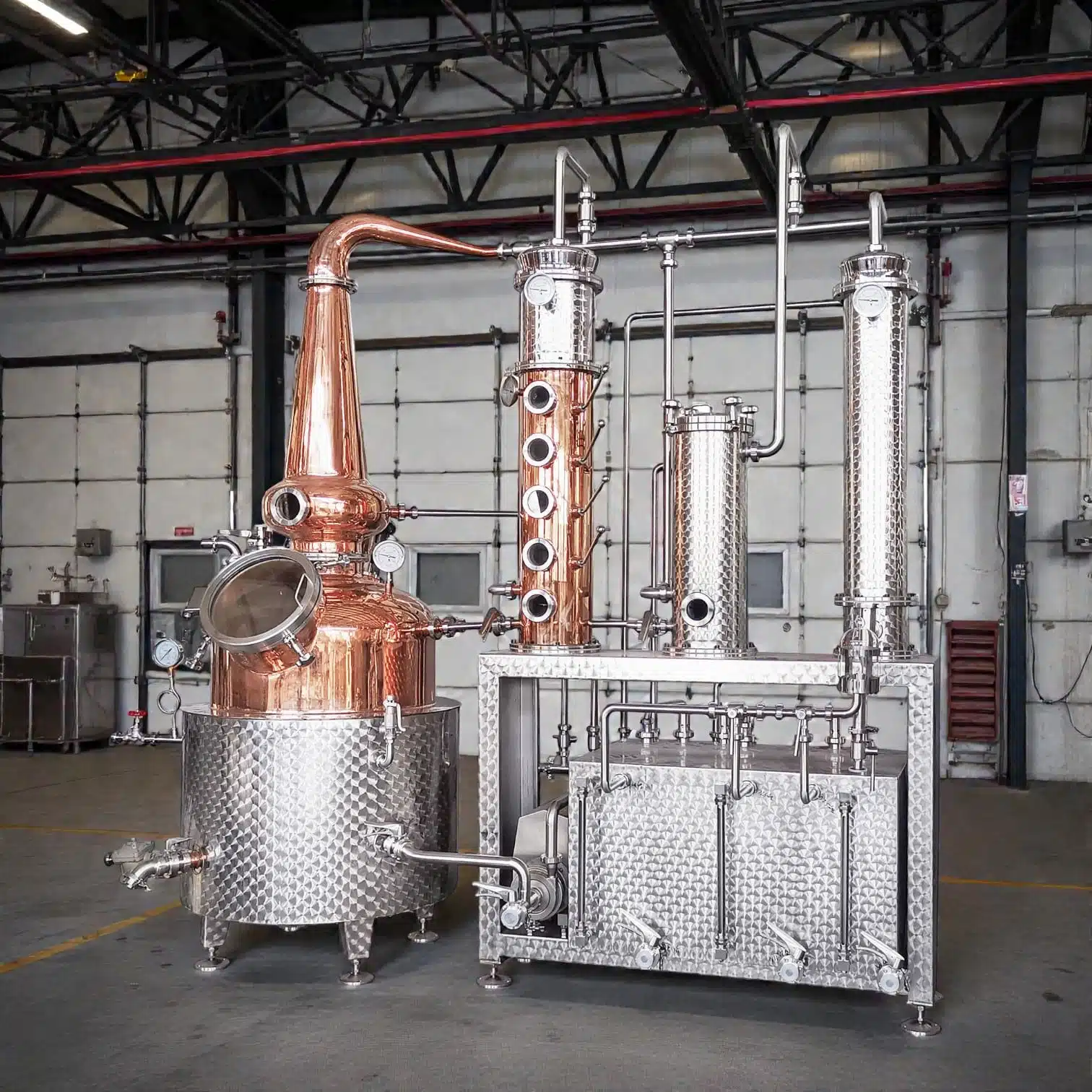Complete Instruction Manual for Sanitizing Your Home brewing Equipment: Important Things to Keep in Mind to Get a Purified Beer
It is essential to ensure that your brewing vessels are always clean and well disinfected so that you can produce a perfect batch of beer. Cleanliness is key to the flavor and quality of the brew, as well as preventing harmful infection. This article is going to provide you with a thorough and comprehensive guide on how to go about disinfecting brewing equipment, what you can use, and how you can do this effectively in order to keep your brewing space clean.

What Do You Know About Cleanliness?
In regard to brewing, “dirt” comprises all the uncontaminated foreign materials which would most likely interfere with the entire process of brewing or the final product. Dirt can be leftover grains, hops anchors and any other particles visible to the naked eye but also, brewing possibly yeast and even bacteria biofilms. An effective cleaning regimen gets rid of these ‘dirties’, thus paving the way for cleaner and safer brewing operations.
Cleaning and Sanitizing Your Home Brewing Equipment Considerations
It is most important to plan before one starts the disinfection process, as it is always better to be safe than to regret. It is the success, or failure, of disinfection that prevents such losses from occurring in the first place, so good preparation will save time and effort in the future by ensuring the process goes as smoothly as intended.
Switching off and shutting down
The first and most important thing to do is power down all the electrical equipment used in brewing. This is an important step to maintain safety, as it avoids the occurrence of an unpleasant shock or some other hazard while cleaning. Keep in mind that the equipment that you use for brewing may have specific shut off procedures, especially larger commercial setups.
Detaching from the hoppers for example remains the same
In addition to the above steps, all yeast and any deposits left in the brewing vessels also need to be removed manually. It is best to use a toothbrush or clothing to do so, as this prevents damage to surfaces while ensuring the tool is effective. The goal is to make sure that not any lumps of organic matter are left that are prone to contain bacteria or fungi.
The basics tools and the disinfectants of the brewery
When it comes to readying for cleaning, it is essential to first arrange all the tools and choose appropriate disinfectants for the job at hand. Soft brushes, microfibers and non-abrasive scrubbers are the basic mother tools you would need, in terms of disinfectant the range could go from bleach solution to brewing disinfectants. Also remember to wear gloves, goggles and aprons as working with chemicals can be risky.
Bleach Solution as a Disinfectant
This is one of the first step of cleaning as choosing the right disinfectant is very crucial, for starters every cleaning can not get bleach, some common useful disinfectants would include: Bleach which is the simplest and one of the strongest disinfectant out there but has smell and potential to alter taste.
Iodophor: It is an easy to use, non-rinse sanitizer that remains competitive in the market, even though it has a tendency of marking surfaces after several applications.
Star San: This is a common, effective and safe to use for brewing equipment non-rinse sanitizer.
Peracetic Acid: One of the strongest and most acidic sanitizing agents, however advanced brewers solely use it as it is effective indeed.
Always ensure that the sanitizer you select is suitable for food application and does not have any harmful residue.
Cleaning Steps for Brewing Equipment
Here is a step-by-step guide to maintaining control of the entire sanitization process:
Step 1: Initial Rinse
Warm water is recommended when rinsing equipment’s to ensure any remaining residue is loosened before the scrubbing phase. Note that for many types of plastic, high temperatures can be damaging.
Step 2: Scrub with Detergent
When scrubbing, use a suitable food grade detergent and kitchen towels and non-scratch brushes. Whilst performing this step, if you are trying to clean a fermentation tank, you can use dozens of bottle brushes to scrub every single last inch of it. In addition, it is necessary to wash the residues that are visible to you on each part of the equipment, be it from a tube, a kettle, etc.
Step 3: Rinse Thoroughly
Once this stage is completed, clean and warm water should be used to try and wash away any detergent that had residue left on those areas in the previous step. If any detergent is left, it would be a room distractor when brewing.
Step 4: Disinfect
While applying the disinfectant, use the manufacturer’s instructions on the recommended contact surface, the ratio of the mixture, and the time required for the disinfectant to stay intact on the contact areas. The contact surfaces for non-rinsed disinfectants can simply be sprayed on and allowed to dry. Other disinfectants may require a rinsing step at the end.
Step 5: Air Dry
Allow the implements to have air circulation until completely dry and in a hygienic place before they are taken apart or set aside. Having moisture can lead to the growth of bacteria, hence, it is vital to ensure that all elements are dry so that there is no risk of contamination.
What If You Skip The Cleaning of Your Beer Brewing Tools?
If you do not adhere to the cleaning of your brewing tools properly, for instance,
Cross Contamination: Various harmful bacteria, wild life yeast, and mold can infect the taste and standard of your beer.
Bad Tastes: Any brewed beer can be affected by unclean organic wastes, which can still be in the excretes and lead to specific tastes in the organ exchanged liquid.
Hygiene Concerns: Any type of pathogens can be able to lurk around damaged brewing tools, which may lead to contamination and be harmful.
Failing to adhere to any precautionary measures may lead to unclean brewing and a waste of resources, time, and effort.
How To Maintain The Cleanliness of the Beer Making Equipment?
Keep in mind that there should be a specific cleaning routine within the functional stage of beer brewing purposes that aims to improve efficiency during brewing processes.
Basic Routine Cleans
Usually, after every repetition of the brewing process, cleaning should occur to avoid residue accumulation. Again. This will also result in faster brewing disinfection and general sanization since there is not much residue to be sanded down.
Harsh Detergents Should Be Resisted
Never use anything but food-grade, non-residual detergent made up for the brewing equipment. Regular dish-washing soap might leave some residues and thus creates taste and sanitation problems.
Rinsing as an Effective Method
It is important that each and every part of the equipment used is washed thoroughly, followed by rinsing. Any detergent or disinfectant residue may affect taste and beer composition.
Extended Surfaces Value Regular Disinfection
Of course, mild cleaning avails every day and has necessities, however advanced kinds of disinfection cleaning (such as after 3 weeks or even after different kinds of brews) would treat the problem to an extent where microbes and other particles wouldn’t be able to breach to that area.
Set a Check of Losses.
Examine your brewing equipment in regard to its wear and tear, such as scratches and dents that can serve as colonization points for bacteria. If I were you, I would systematically extract injured parts and replace them with normal to my best, clean overhaul.
Try to Avoid Cluttered Environments
All the brewing needs to take place in a clean suite in order to stop spores, dust and even bacteria from coming in contact with your equipment. The area for these activities should always be organized and clutter-free with anything that wouldn’t be relevant for brewing.
Have Employees Complete a Training Program
In the event that more than two individuals are using the equipment, all users should comprehend proper cleaning methods. Because everyone is trained, everyone all has the same cleaning standards, which lifts the cleaning standard higher.
Working Safely While Cleaning Beer Brewing Machinery
While performing cleaning, the following should be taken into consideration:
Consider Wearing Personal Protective Equipment (PPE): When handling disinfectants to provide skin and eye protection, gloves, goggles, and aprons are important.
Do Not Over Scrub: Scrubbing too many scratches surfaces of the equipment providing spaces to hide bacteria.
Observe the Guidelines Provided by the Manufacturer: Interestingly, many equipment manufacturers offer mechanisms for cleaning equipment coupled with prescriptions on the chemicals and tools to use.
Make Sure That Areas are ventilated: Ensure that rooms are ventilated before working with disinfectants such as bleach or per acetic acid in order to avoid breathing the fumes.
Store Disinfectants Properly: Make sure that all housing chemicals are placed in the right containers and out of reach of the brewing materials.
Summary
A disinfected and clean environment is essential for the preparation of safe, nice, and high quality beer. After studying the steps discussed in this manual, the reader should maintain optimal sanitation of the entire brewing environment and eliminate the chances of potential contamination. The quality of one’s beer and the lifespan of one’s beer devices can significantly improve with cleaning, disinfectant selection and attention to details. Finally, do not forget important factor which is consistency, make cleaning a necessity and live the with the wonderful experience of brewing.
















